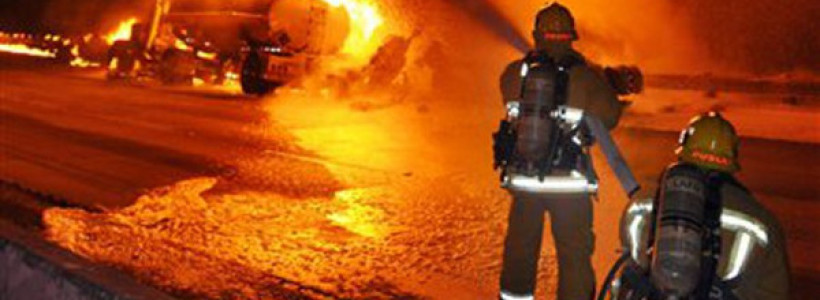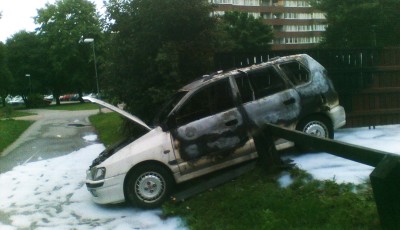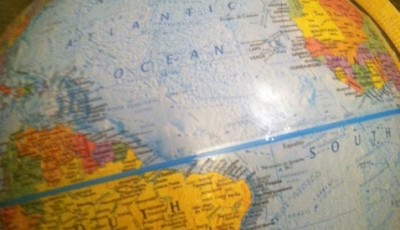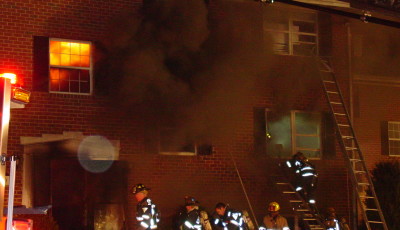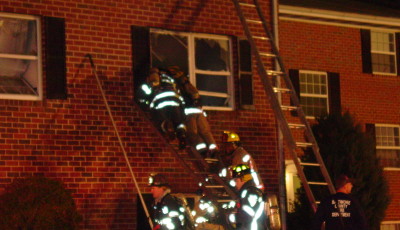Foam Properties and Operations Series – [Part 1]
Flammable liquid fires are an often overlooked incident that firefighters may face sometime in their career. These are incidents that are rare in their occurrence and when encountered are often small in nature; such as a ruptured gas tank burning secondary to a vehicle fire.
When operating either on the small scale, like the dropped fuel tank, or the larger scale events, such as a MC306/406 rollover; firefighters often turn to an extinguishing agent that many companies and departments normally don’t train with on a regular basis. And that is foam.
Many department’s reasoning for not including foam on their training agendas include a concern over environmental issues runoff; while others readily admit that the added time to clean the pump and re-service the foam cell turn them away from foam training. The leading reason though is that many departments say they cannot afford cost of the product and the money expended to train with it.
By not training with this resource departments increase the possibility of causing additional property damage and worst of all potentially injuring someone. Flammable liquid incidents have little room for error. If a department incorporated foam operations in their training plan, even on a quarterly basis, firefighters will be more apt to keep the key points of its use in mind and remember the proper application methods.
If you are a pump operator do you know if your proportioning system and eductors are working properly? Will these systems work when you need them at 2am? As a firefighter do you know what method your department uses for making foam? Are you familiar with how to apply foam properly? As an officer do you know what foam to select on what type of product? Do you know how to calculate the amount of foam concentrate and water needed to contain the spill and/or fire?
As you can see there are a lot of questions raised when we actually sit down and review this simple but effective tool in our “FireFighterToolbox”.
Before we venture any further into the world of foam we must know the basics of how foam works.
Finished foam, the product that comes out of the nozzle and what we see on the ground, is made up of tens of thousands of little bubbles and looks like a white “blanket”. The purpose of foam is to cool the surface of the liquid, if burning suppress the fire, and contain the product’s vapors by “blanketing” the liquid. This blanket places the liquid in its own “shell”, cutting it off from oxygen and any possible ignition sources, breaking the fire tetrahedron. Because of this foam can be used on ignited or un-ignited flammable liquids.
Next time in our foam series we will discuss how to select the proper foam for the job at hand. We will also discuss how properly apply an effective foam blanket.

